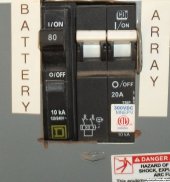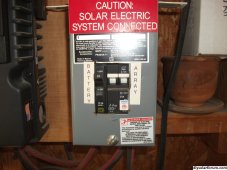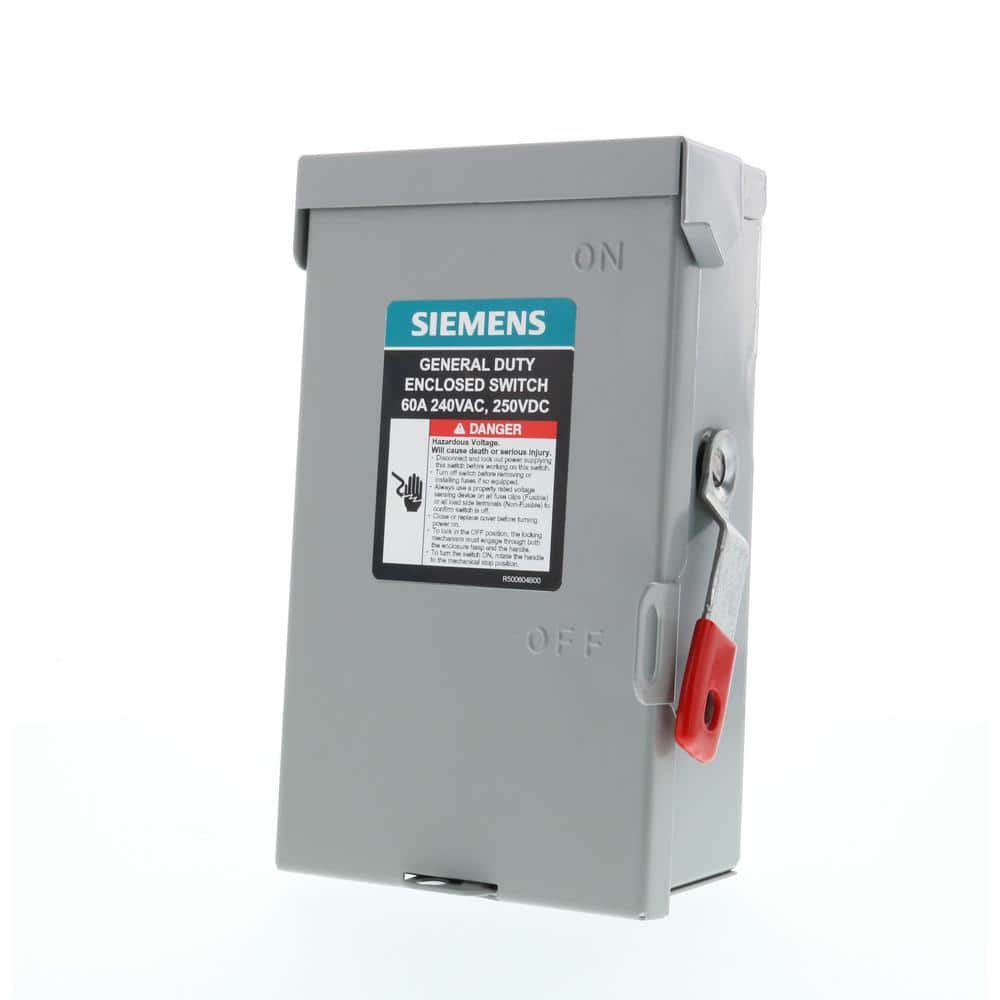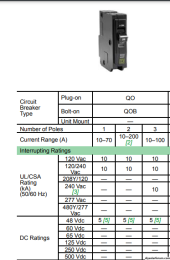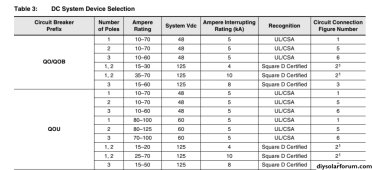outlaw525s1991
New Member
I have 6 100w 12v mighty max polycrystalline solar panels connected through a 6 string combiner box(1 panel connected to each string, I did this so they were fused). I want a db ‘load center’ inside my cabin. I would like a breaker that the incoming power from the combiner box runs into first not only acting as a breaker but also as a disconnect; I want it this way so I can disconnect the incoming power from inside incase I ever needed to, instead of having to run outside quick, say incase of a emergency. I have a 50amp pwm controller, which honestly is probably at its max if I where to get 100% perfect performance, which to date has not happened. My battery bank is undersized right now due to the system obviously not being complete. I have 2x100ah deep cycle lead acid batteries connected in parallel, giving me a 12v 200ah bank. My inverter is a 2000w pure sine wave Jupiter inverter from harbor freight. I’d like everything that needs a fuse and or breaker to have one. I’d rather have a breaker box just for the looks but if fuses are better I honestly don’t care as long as it’s going to be protected(the wires). The system is used lightly mainly to discharge and recharge the batteries so they are not just sitting. I am just about ready to give up on trying to figure out how to do this. Thank you for your help I seriously appreciate it. Have a happy and safe thanksgiving.
Sincerely; allen
Ps: I’ve attached inverter specs and panel specs
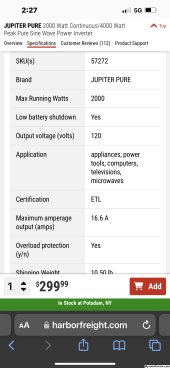
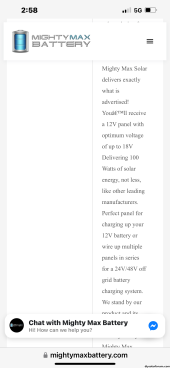
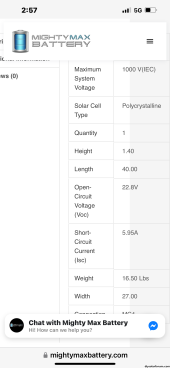
Sincerely; allen
Ps: I’ve attached inverter specs and panel specs






